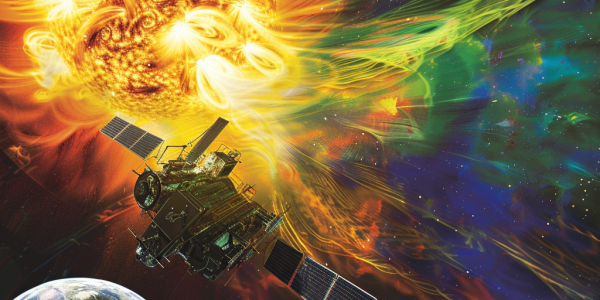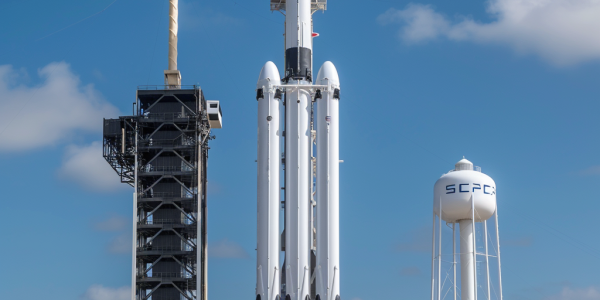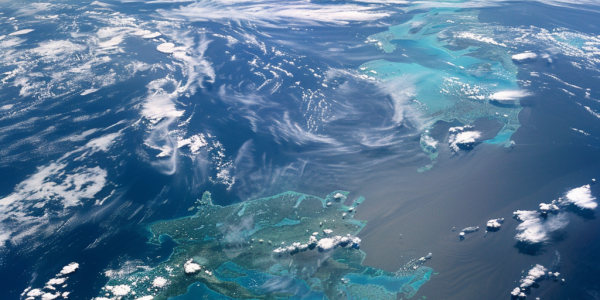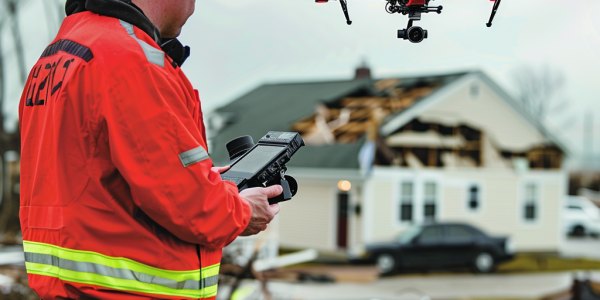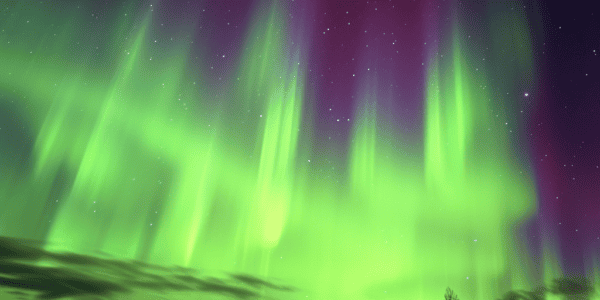Northern Lights Set to Dazzle Night Sky Across the U.S.
The northern lights, or aurora borealis, are set to illuminate the night sky across several U.S. states, offering a rare chance to witness this breathtaking phenomenon. Triggered by solar activity, the auroras create vibrant displays of color, with optimal viewing expected in states like Minnesota, North Dakota, Montana, and Washington. Prepare for an unforgettable experience by dressing warmly and seeking dark, clear skies for the best chance to see this natural wonder.
SwRI Integrates Solar Wind Sensor into NOAA’s SWFO-L1 Satellite for Enhanced Space Weather Monitoring
The Southwest Research Institute (SwRI) has successfully integrated the Solar Wind Plasma Sensor (SWiPS) into NOAA’s SWFO-L1 satellite, enhancing space weather monitoring. This innovative sensor will provide real-time data on solar wind and solar storms, crucial for predicting their effects on Earth’s technology and infrastructure. The collaboration aims to improve forecasting capabilities and safeguard essential services from potential disruptions caused by solar activity.
NOAA’s GOES-U Satellite to Launch Aboard SpaceX’s Falcon Heavy Rocket in June
NOAA’s GOES-R series constellation nears completion with the upcoming launch of its GOES-U satellite on SpaceX’s Falcon Heavy rocket. This marks a shift from ULA’s Atlas V 541 rocket, with SpaceX winning the bid for this mission. Falcon Heavy’s cost-effectiveness and performance criteria were key factors in NOAA’s decision, as it prepares for this historic launch.
NOAA Report Reveals Potential Impact of Sea Level Rise on New Jersey
Learn about the potential impact of sea level rise on New Jersey as outlined in a recent report by the National Oceanic and Atmospheric Administration (NOAA). Discover how the interactive map provided by NOAA allows users to visualize areas that could be underwater in the future, and understand the implications of rising temperatures on melting ice and increasing ocean levels. Stay informed and prepared for possible scenarios with valuable resources like the one offered by NOAA.
Severe Geomagnetic Storm Expected to Bring Northern Lights to U.S.
A severe geomagnetic storm has reached Earth, potentially disrupting various systems including communications, the electric power grid, and navigation. NOAA has issued a rare Severe (G4) Geomagnetic Storm Watch, marking its first alert of this kind in 19 years. The strong solar storm is expected to produce vibrant displays of the aurora borealis, visible across a wide area in the northern half of the United States. Monitoring space weather forecasts from reliable sources like NOAA is recommended for the best viewing times.
Next-Generation Satellites Revolutionizing Earth’s Environmental Understanding
Learn how the National Oceanic and Atmospheric Administration (NOAA) is revolutionizing environmental monitoring with the upcoming launch of the Geostationary Extended Observations (GeoXO) satellite system. Discover how advancements in satellite technology are providing crucial data on climate changes, coral bleaching events, and ecosystem stressors, helping scientists gain a comprehensive understanding of Earth’s dynamic environment.
Verizon Frontline and NOAA Partner to Enhance Disaster Response Research
Verizon Frontline and NOAA have partnered to revolutionize disaster response research by deploying uncrewed aircraft systems to assess severe storm damage swiftly. This collaboration aims to enhance post-storm damage assessments and improve severe weather warnings, ultimately minimizing the impact of storms on communities nationwide.
NASA and SpaceX Announce New Launch Date for GOES-U Satellite
NASA and SpaceX have announced a new launch date for the GOES-U satellite, the fourth and final satellite in the National Oceanic and Atmospheric Administration’s (NOAA) Geostationary Operational Environmental Satellites (GOES) – R Series. The launch is now scheduled for Tuesday, June 25, following the identification of a liquid oxygen leak during routine testing in February, which required repairs and testing of the Falcon Heavy core booster. The GOES-R Series Program, overseen by NOAA, is managed through an integrated NOAA-NASA office, with NASA’s Goddard Space Flight Center handling the acquisition of the spacecraft and instruments.
Geomagnetic Storm Watch for Northern Lights Display
Geomagnetic Storm Watch in effect as vivid auroras could be on display this week NOAA detected a solar flare on Jan. 20 that will send charged particles towards the earth, interfering with Earth’s magnetic field, resulting in auroras. FOX Weather…


